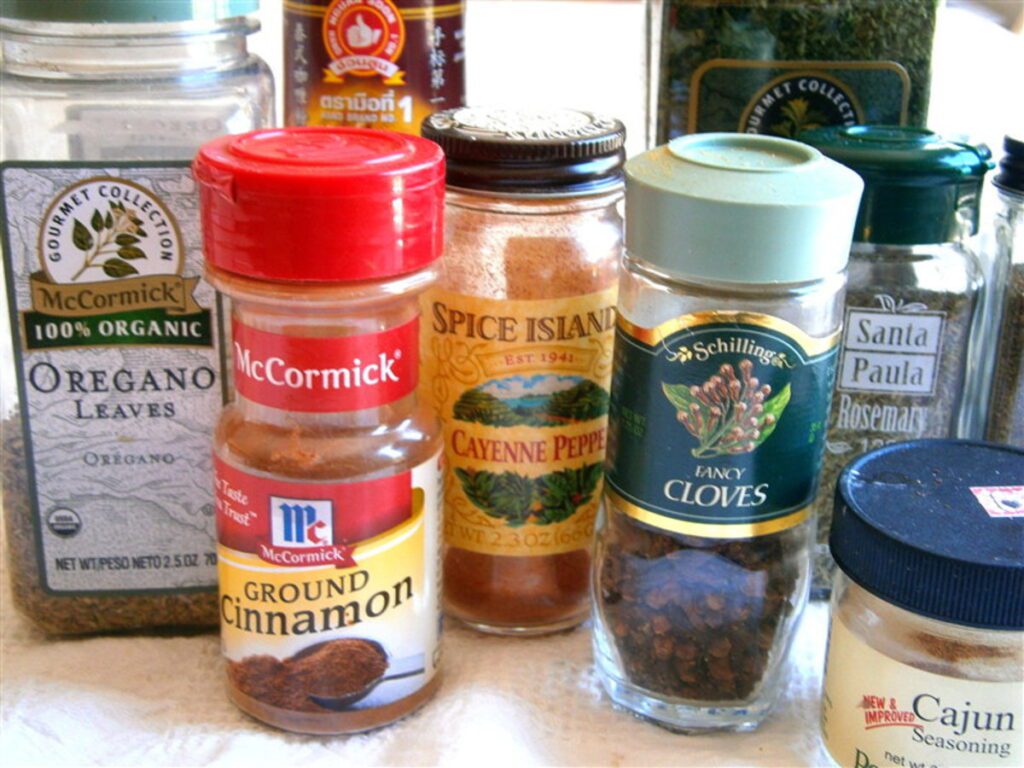Herbs and spices are crucial elements in cooking as they add flavor, aroma, and nutrition to dishes. They also have several health benefits, including fighting free radicals, reducing inflammation, and preventing chronic diseases like cancer and diabetes. Popular herbs like basil have antibacterial and anti-inflammatory properties while cinnamon can regulate blood sugar levels. These ingredients can be used in different ways in cooking, such as seasoning meats, adding flavor to soups, and garnishing salads. By experimenting with herbs and spices, individuals can discover fresh flavors and additional nutritional benefits in their daily meals.
From A to Z: Understanding the Different Uses of Herbs and Spices in Cooking
Introduction
Herbs and spices are essential ingredients in cooking. They not only add flavor and aroma to food but also have several health benefits. In this article, we will take a closer look at various herbs and spices, their nutritional value, and how they can be used in cooking.
The Health Benefits of Herbs and Spices
Most herbs and spices are loaded with antioxidants, which help fight free radicals in the body, thus reducing the risk of chronic diseases such as cancer, diabetes, and heart disease. They also have anti-inflammatory properties that help reduce inflammation in the body. Let’s take a closer look at some popular herbs and spices and their health benefits.
Basil
Basil is a rich source of vitamin K, which is essential for blood clotting and bone health. It also has antibacterial and anti-inflammatory properties, making it an excellent ingredient for preventing infections and reducing inflammation.
Cinnamon
Cinnamon has a sweet, warm taste and is loaded with antioxidants. It also has anti-inflammatory properties and may help regulate blood sugar levels in people with diabetes.
Dill
Dill is known for its antimicrobial properties, making it an excellent herb for preventing infections. It is also rich in vitamin C, which helps strengthen the immune system.
Ginger
Ginger is a popular spice that has been used for centuries for its medicinal properties. It has anti-inflammatory properties, is beneficial for digestion, and may help reduce nausea.
Oregano
Oregano is a rich source of antioxidants and has antibacterial and antiviral properties, making it an excellent herb for preventing infections.
Using Herbs and Spices in Cooking
Herbs and spices can be used in various ways in cooking to add flavor and nutrition to dishes. Here are some popular uses of herbs and spices in cooking.
Seasoning Meats
Herbs and spices can be rubbed onto meats to add flavor and nutrition. For example, garlic and rosemary can be rubbed onto a chicken before roasting, adding flavor and antioxidants to the dish.
Adding Flavor to Soups and Stews
Herbs and spices can be added to soups and stews to add flavor and nutrition. For example, adding thyme and ginger to a chicken soup can add flavor and anti-inflammatory properties to the dish.
Garnishing Salads
Fresh herbs such as basil and parsley can be chopped and used as a garnish for salads or added to dressings for added flavor and nutrition.
Infusing Oils and Vinegars
Herbs and spices can be infused into oils and vinegars to add flavor to dishes. For example, infusing olive oil with oregano and garlic can add flavor to pasta dishes.
Conclusion
In conclusion, herbs and spices are essential ingredients in cooking. They not only add flavor and aroma to dishes but also have several health benefits. It is important to experiment with different herbs and spices in cooking to discover new flavors and nutritional benefits. By incorporating herbs and spices into daily meals, you can not only make your food more exciting but also improve your health in the process.
